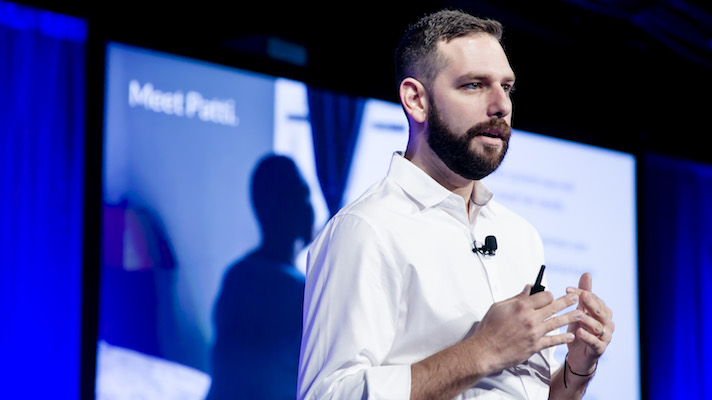
Cityblock Health’s Iyah Romm talks about how to combine technolgoy and hyper local resources to remedy patient distrust in the system.
Distrust in the healthcare system is a major obstacle in providing needed care to some of the most vulnerable populations in the US.
“[M]illions of Americans all across the country … are failed by the healthcare system everyday. Specifically we don’t understand the services that they need,” Iyah Romm, founder and CEO of Cityblock Health, an Alphabet spinout focused on urban-focused public health, said at the Connected Health Conference in Boston. “We haven’t built a system that is [tuned] in on how to engage, facilitate interaction and fundamentally to solve, what I believe is a foundation problem in healthcare today, trust.”
Only about half of Americans say they can trust their doctor—and the number of distrust goes up considerably for people living in poverty and people of color, he went on to say. But he argues that relationships are at the heart of solving this problem.
“We have to invest time in meaningful relationships. We are focused on building technology that does just that,” Romm said. “Trust and technology together will build care that works. Building a foundational system that builds relationships that matter, that are available, and always on, and do the most fundamental thing in healthcare, which is keep our promises.”
While health tech tools have been increasingly available for consumers—those tools often focus on white upper middle class or upper class individuals, he said. That doesn’t mean that people living in poverty don’t have smartphones—he notes that 97 percent of people in that demographic do have smartphones.
One of the ways that Romm and his team at Cityblock have proposed solving this issue is through a platform called The Common. The tool allows a care team to wrap around a patient and connect.
“Part of the notion here is that technology has to stitch this ecosystem together,” he said. “The notion that health is local and pervades everything we all talk about across why these models don’t scale. So as opposed to running away from that and saying ‘it’s impossible’ we’ve embraced it. We said ‘How do we build a tech platform that adapts to locality?’”
But it isn’t just about the technology platform. Cityblock employs a new model of care, where a Community Health Partner (CHP), who ise hired from the community and trained in empathy and relationships, acts as the point person for the patient. Then the technology puts the CHP at the center of the care and communication team.
“Importantly [the CHPs] are the culture center for the team. If a patient doesn’t like how a doctor is interacting with them—the community health partner is never going to say don’t prescribe that medication—that’s not their job—but they are going to say check your bias. That is a statement that this member now no longer trusts you and we can push [the doctor] off the care team to bring in another member.”
The system is also designed to help teams look at the patient holistically and take different cultural norms into consideration.
“We have to be responsive in how we conductive assessments like this so it isn’t checking boxes,” Romm said. “It is a dynamic learning system that allows us over time to adapt to race sex, gender, trauma geography, religion, whatever those factors may be, so that over time we are adapting.”
Since Romm and his team prioritize trust, he said providing transparency to patients is key. With permission, Cityblock lets its patients get their health records through their Gmail account.
“In a trusting relationship. [providers] do not have something different than our members have,” Romm said. “So we give them free access to everything we say and do — side notes and all.”
While this platform maybe be targeted at people living with poverty, Romm said that these tools could help the entire health ecosystem in the future.
“Solutions for the one percent simply do not trickle down. We have had this solution in healthcare over and over again,” Romm said. “We believe the inverse is true however, that if you build for those with the most complexity there is tremendous value. So we don’t build with the notion that we are only building for poor people, we build with the notion that you have to take into consideration those who have the most complexity first. This drives all new ways of thinking and it drives us to check our biases in design.”


